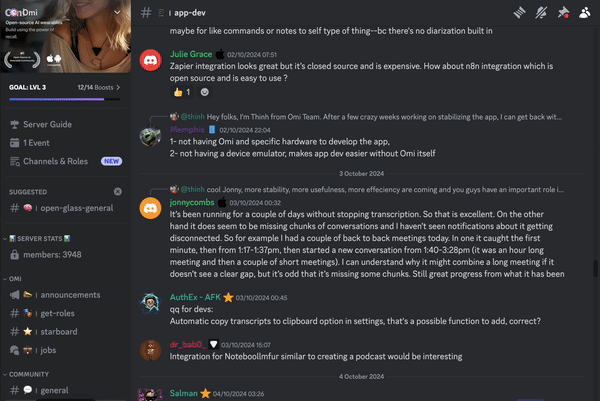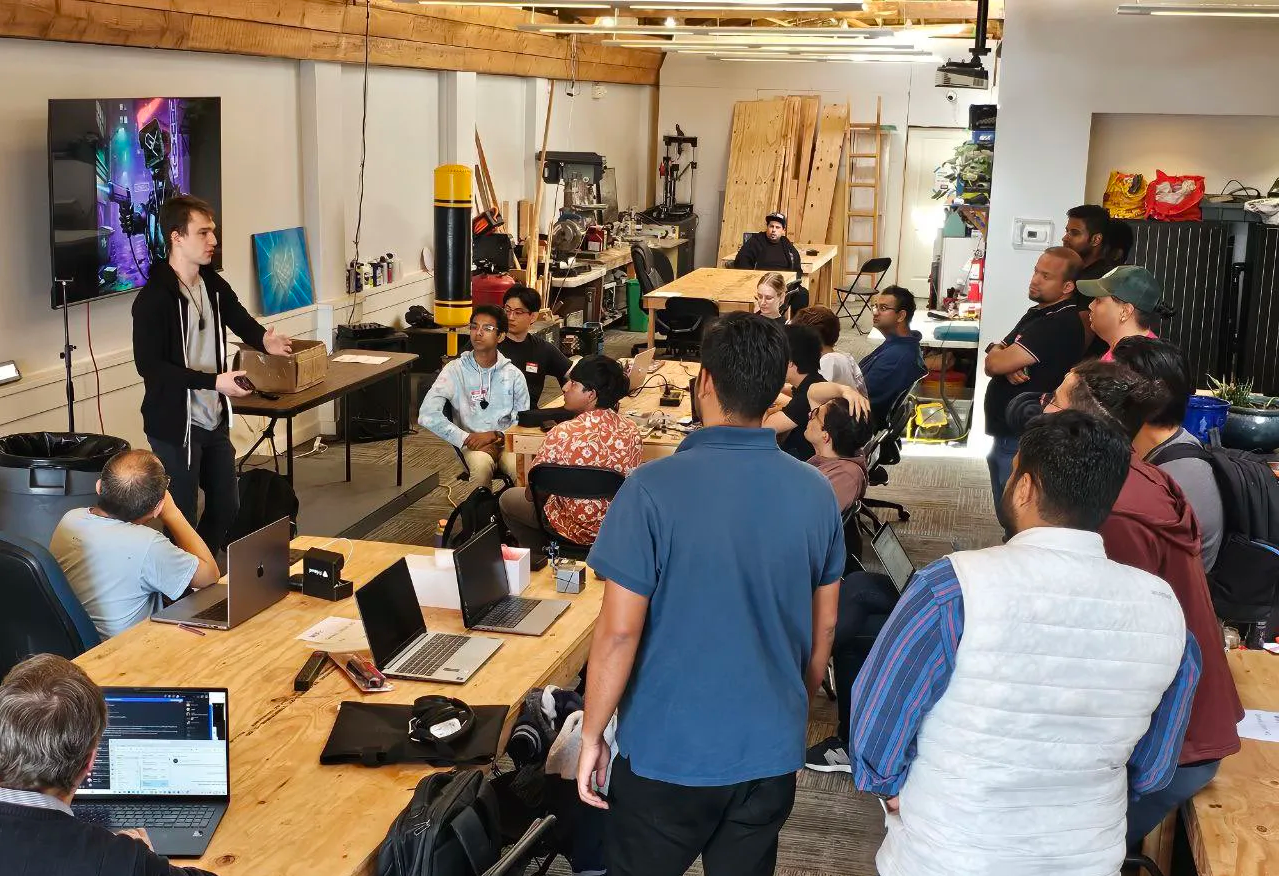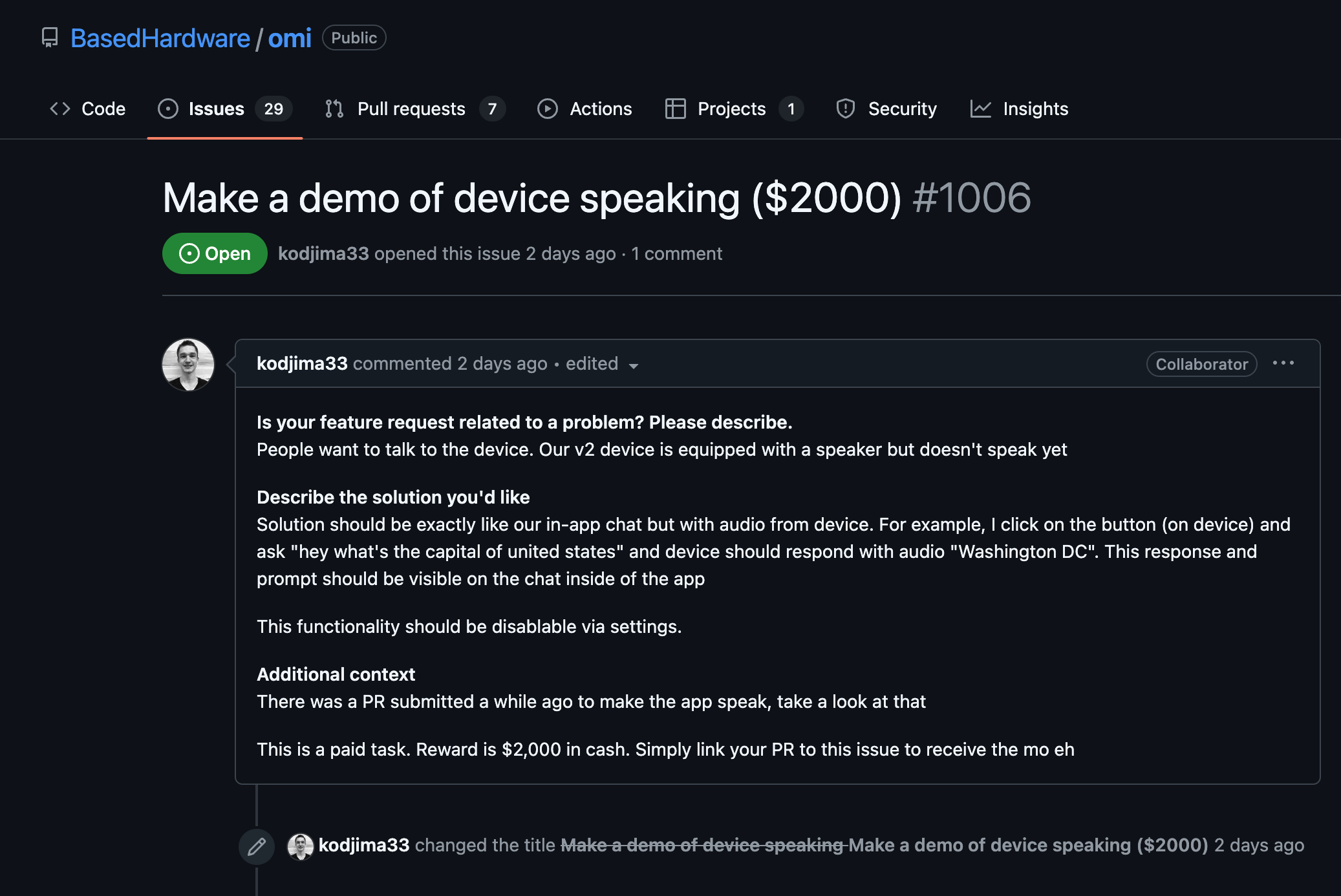Overview of the Error
- The "Error: Child component not found" in Next.js is a runtime error that occurs when aiming to render a component that might not be properly loaded or registered within your Next.js application. This could include issues with dynamic components or components intended to be rendered server-side but are not available at the time of rendering.
- This error signifies a mismatch or miscommunication when the Next.js framework attempts to locate and render the missing child component within the application's component hierarchy.
Key Concepts Related to the Error
- Dynamic Imports: Next.js allows components to be imported dynamically to optimize loading times. If an incorrect path or an invalid dynamic import configuration is used, it may lead to the "Child component not found" error.
- Component Hierarchy: The error can arise due to issues in the nested components. This is especially true if higher-order components overlook registering a particular child component effectively.
- File-based Routing: In Next.js, components that are not following the routing pattern or are improperly routed may not be found during rendering. Errors arise when these components are referenced by their location rather than export patterns followed within the routing system.
Example Code and Explanation
- Consider a scenario where you have a component intended to be imported dynamically. If there is a node import issue, it might lead to an error similar to "Child component not found".
// An example of dynamically importing a component
import dynamic from 'next/dynamic';
const ChildComponent = dynamic(() => import('../components/ChildComponent'), { ssr: false });
// If this path or import logic is wrong, it can cause the "Child component not found" error.
- Next.js works with file system-based routing, and if components do not match this routing logic, issues will arise.
// Assume there's a pages structure like pages/
// If ComponentB is missing in the correct path or is improperly exported/imported, it may not be found.
import ComponentB from './components/ComponentB';
function ParentComponent() {
return <ComponentB />;
}
- This illustrates how navigation and component structure misalignment lead to child component issues.
Conclusion on Nature of the Error
- The "Error: Child component not found" is a typical hierarchy and rendering error, arising from incorrect import paths, unregistered components, or unmatched component export standards. It underlies the significance of maintaining proper component structure and dynamic import management within Next.js applications.
- Attention to routing and component registration conventions is paramount to circumvent this error in Next.js, ensuring seamless rendering flow devoid of missing component issues.

























